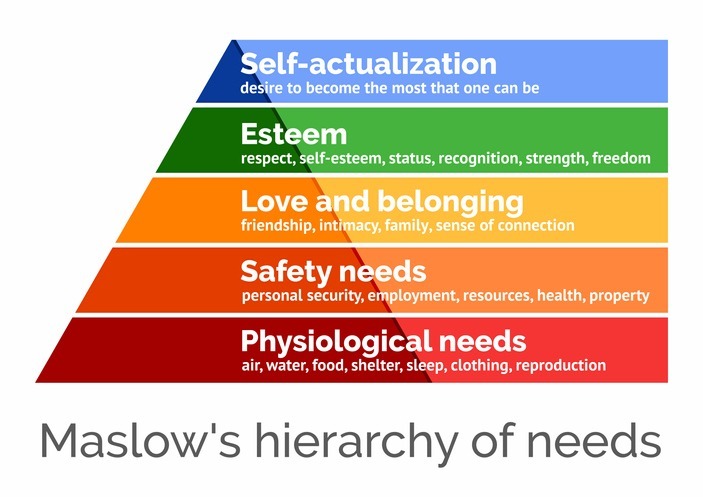
Whether you are dealing with your own lack of motivation or are leading those who have lost their ‘why’, learning about different theories and approaches could help
CREDIT: This is an edited version of an article that originally appeared on Education Support
In the realm of education, the dynamics of motivation play a profound role in shaping both individual and collective outcomes. School business leaders wield the responsibility of orchestrating the intricate dance between administrative efficiency and fostering a thriving educational environment.
Understanding the intricate web of motivational theories is paramount for SBLs as they navigate the labyrinth of human behaviour and performance. By unravelling these theories, SBLs should be armed with a comprehensive toolkit that empowers them to cultivate motivation, drive positive outcomes, and pave the path to sustained educational success.
So here are some approaches you can try.
Maslow’s Hierarchy of Needs
Maslow states that five categories of human needs dictate an individual’s behaviour.
Those needs are:
• Physiological needs encompass personal growth and the achievement of one’s full potential.
• Safety pertains to feeling secure both emotionally and financially, ensuring stability.
• Love and belonging involve fostering friendships, establishing connections, and experiencing intimacy.
• Esteem relates to dignity, status, and gaining respect from others.
• Self-actualisation denotes personal development and the realisation of one’s maximum potential.
Only after an individual’s foundational needs are adequately met can they proceed to address higher-level aspirations. As a leader, it is crucial to investigate whether individuals facing motivational challenges have established the fundamental pillars of physiological well-being and security, prerequisites for unlocking their utmost potential.
For instance, when dealing with a temporary staff member burdened by concerns about living expenses (a situation that may not be immediately changeable), a collaborative strategy can be employed. This strategy entails identifying opportunities to enhance their sense of security, such as offering training or professional development that improves their attractiveness to potential employers.
McClelland’s Theory of Three Needs
This model aims to elucidate how the needs for achievement, affiliation, and power influence people’s behaviours. Once you discern the driving motivation behind an individual, you can select tasks or approaches that align better with their needs. Individuals with a need for achievement might gravitate toward results-oriented work and value direct feedback, which provides clarity for future enhancements. Ensuring that assigned tasks offer appropriate challenges, neither too easy nor too difficult and providing immediate face-to-face recognition and feedback can be beneficial.
Individuals with a need for affiliation tend to invest time in building and nurturing social relationships and thrive in group settings. Facilitating collaboration, interactions, and minimising competition can effectively motivate them.
Those with a need for power prioritize discipline and status, working diligently to attain them. Such individuals thrive in competitive environments and thrive on recognition. Publicly acknowledging their successes without fostering a ‘win/lose’ environment is important.
Herzberg’s Two-Factor Theory
This concept examines job satisfaction and dissatisfaction factors, exploring elements that contribute to enhancing or diminishing employee contentment. Factors such as job status, personal growth, and recognition positively influence satisfaction, while “dissatisfiers” include salary, working conditions, workplace relationships, and rules. While some of these factors might be beyond a leader’s control, open and honest discussions with staff about these elements can indicate potential adjustments in areas like the staff environment, self-development opportunities, or regular recognition and appreciation for those who require it.
Remember, motivation varies for each member of the school staff. What drives you might differ from your colleagues? Nevertheless, understanding motivation theories can help you identify sources of inspiration for yourself or your team, guiding you in pursuing specific goals and reconnecting with your ‘why’ in the field of teaching.


Be the first to comment